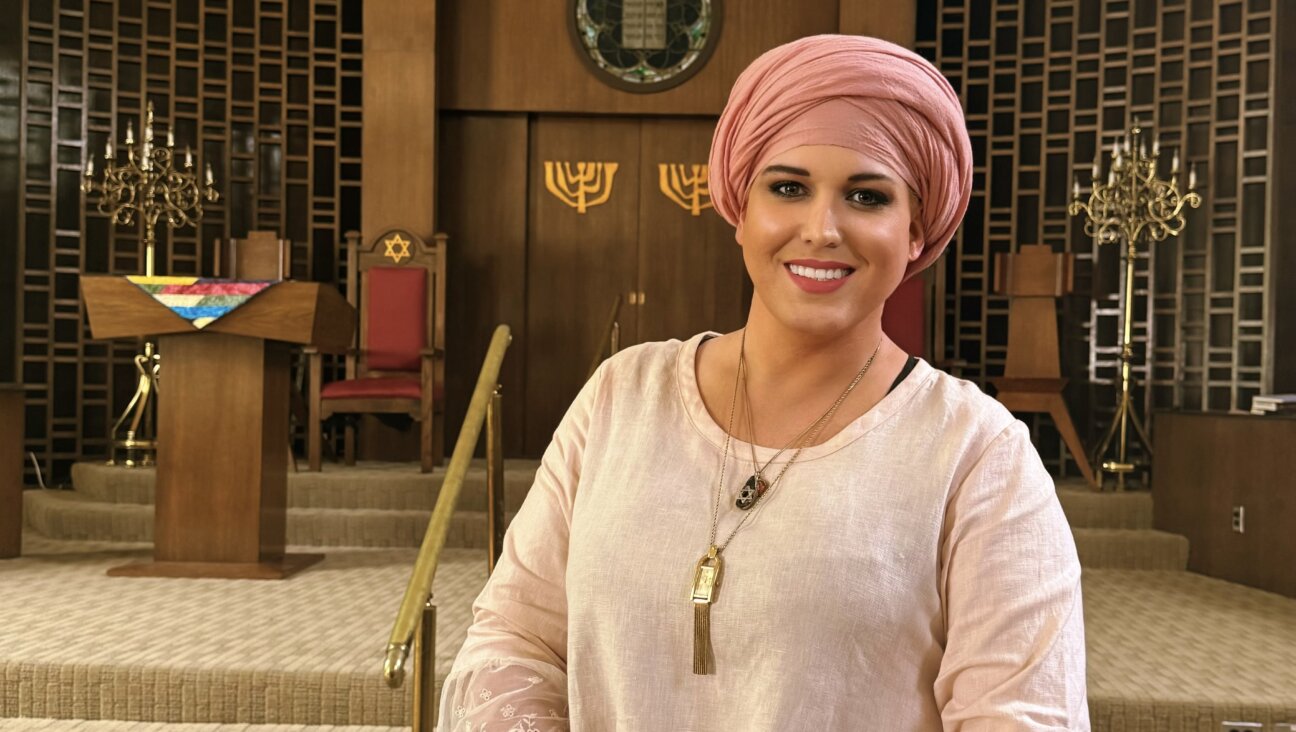Picturing the ‘Problem From Hell’

Graphic by Angelie Zaslavsky
When you look at a photograph that depicts an act of violence — or, in the case of Lane H. Montgomery’s new photography book, “Never Again, Again, Again” (Ruder Finn), an act of genocide — you might assume that the photographer took a substantial amount of time to frame, say, a heap of murdered Tutsis drying out on wooden planks, or a horrific scene in which a Serb soldier is kicking a Bosnian woman while she lay bleeding on the ground. “What people might not realize is that many of these photos are quick shots, taken when I had that second to jam my arm into this windowsill or climb to that viewpoint,” said Montgomery, who edited the book and contributed some of her own photographs.
The new book, which gathers startling words and images by a cadre of renowned photographers and essayists, constructs a narrative of genocide beginning at the turn of past century. With chapters on the Armenian genocide, the Holocaust, Cambodia, Rwanda, Bosnia and Darfur, a kind of yizkor-bukh emerges, giving us a rendering of humanity’s most grim capabilities and documents that memorialize societies and cultures destroyed by war.
“There is a connection between one genocide and another,” Montgomery said in a phone interview with the Forward. “The Holocaust is central, and it should be; Hitler tried to conquer the world.” The daughter of a liberal Republican in North Carolina, Montgomery relocated to New York about 30 years ago and traveled the world as a photojournalist, bringing conflict-zone images to an American audience through her work with the aid organization the International Rescue Committee and as a contributor to the Getty Images photo service, among others.
But Montgomery is no objective observer. While the Nazi Holocaust takes up the largest number of pages in the book, what sets it apart is a comprehensive overview of lesser-known genocides, particularly in Cambodia, Bosnia and Herzegovina. With the emergence of an independent Kosovo and a 16,000-strong international force still in place to keep the peace after years of war, the book is also a call to action and a new plea to end the 21st century’s first genocide in Darfur. “We need an international genocide [prevention] force,” Montgomery said. “In addition to peacekeeping forces, we need people ready to stop genocide. One million Tutsis were killed in a hundred days. There is a lot to be done.”






















